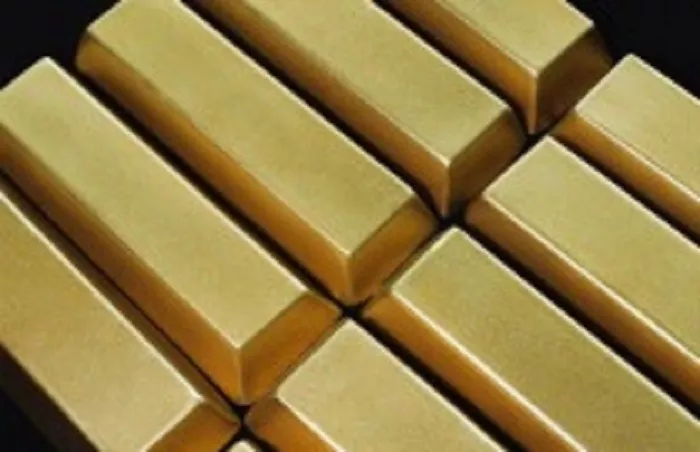As international gold prices experience “roller-coaster” fluctuations, investors are faced with the dilemma of whether to increase holdings or wait on the sidelines. Jia Shuchang, Head of the Research Department at the World Gold Council China, recently shared insights in an interview with China News Service, shedding light on the complex landscape of gold investments.
Since May, international gold prices have seen dramatic swings, marked by sharp rises and falls alongside volatile adjustments. On May 5th and 6th, both London Gold Spot and COMEX Gold surged by over 2% in two days; by May 7th, prices trading above $3,400 per ounce began to decline. Sharp drops followed on May 12th and 14th, with both benchmarks falling over 2% in two days, before rebounding to breach $3,300 per ounce on May 21st.
Jia Shuchang explained that the previously supportive factor of heightened global trade war risks has waned. Substantive progress in high-level China-U.S. economic and trade talks, coupled with reduced bilateral tariff levels, has led to a decline in this risk premium, temporarily easing investors’ hedging demand. Despite recent price dips, gold remains at historically high levels. This year alone, COMEX gold hit a peak of $3,509.9 per ounce, while London spot gold reached $3,500.12 per ounce.
“Long-term gold trends are not solely driven by trade risk premiums,” emphasized Jia. Factors such as the U.S. dollar’s trajectory, investor confidence in dollar assets, sustainability of U.S. government debt, persistent high inflation expectations, geopolitical shifts, global central banks’ gold purchases, and monetary policy changes will continue to influence prices. The World Gold Council advocates a strategic, long-term view of gold as a strategic asset that delivers long-term returns, mitigates portfolio volatility, provides a buffer during international market turbulence, and offers high liquidity.
A recent World Gold Council report on global gold demand trends for Q1 2025 showed total demand—including over-the-counter investment—reached 1,206 tons, a 1% year-on-year increase and the highest for the period since 2016. Continuous central bank purchases, stable demand for gold bars/coins, and a rebound in global gold ETF inflows were key drivers. “In 2025, economic and trade uncertainties, geopolitical risks, and gold’s outperformance relative to other assets have boosted investor hedging demand,” Jia noted, adding that these factors, along with gold’s historical crisis performance, underpin central banks’ ongoing purchases.
Jia expects central bank gold buying to remain above the decade-long average. With U.S. policy unpredictability at new heights and debates over U.S. debt sustainability, the pace of diversifying into gold—an asset free of sovereign credit risk—is likely to continue. Rising gold prices have also fueled investor enthusiasm: “In April, global gold ETFs saw significant inflows, with China’s market experiencing its strongest monthly inflow in history.”
From a portfolio perspective, gold has long served as a strategic asset, delivering long-term returns, reducing volatility, providing liquidity, hedging against currency depreciation, and buffering market risks. “Globally, gold ETF market capitalization pales in comparison to risk assets like stocks, indicating long-term potential,” Jia said. The council encourages investors to allocate gold as a strategic asset, noting that a 5%-10% allocation in a typical 60/40 stock-bond portfolio can optimize risk-return profiles. “Optimal ratios vary by portfolio, but this serves as a representative benchmark,” he concluded.
Related Topic:

